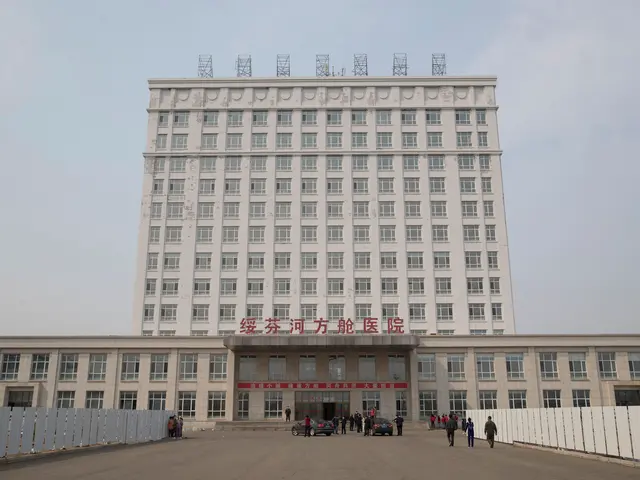April 7 was the day Guan Xiangdong wrapped up the arduous anti-epidemic battle in Wuhan, Hubei province and returned to his workplace in the southern Chinese city of Guangzhou.
However, he soon threw himself into the frontline again and flew to Suifenhe, a border city over 3,700 km away facing a mounting challenge of imported cases, without even meeting his family.
Suifenhe sits at the China-Russia border in northeast China's Heilongjiang Province. By Wednesday, the province had reported 354 confirmed imported COVID-19 cases, with another 50 asymptomatic cases.
Suifenhe mainly receives asymptomatic carriers due to limited medical resources. Most confirmed cases are transferred to the city of Mudanjiang, which administers Suifenhe, for treatment. That is also where Guan's new battlefield is.
As per his experiences in Wuhan, Guan, director of the department of critical care medicine at the First Affiliated Hospital of Sun Yat-sen University, said tiered diagnosis and treatment should be implemented to coordinate the management and treatment of severe and critical patients.
"We should plan ahead and have beds waiting for patients, not the other way around," said Guan. "Our experiences in Wuhan have given us the confidence to win here the fight against COVID-19."
FIGHTING TO THE END
The night before April 14, when the first batch of medics from Heilongjiang Province to aid Hubei ended their medical observation, some of them made a bold and respectable decision. They offered to join the anti-epidemic fight again in Suifenhe.
"We're not afraid and will fight to the end," read a letter with their red thumbprints, a symbol of resolution.
"I made the decision without much thinking. I just wanted to treat the patients," said Ni Xin with the Hongqi Hospital Affiliated to Mudanjiang Medical University. Ni is among the medics to aid Wuhan from Heilongjiang. She returned home on March 21 and went to Suifenhe immediately after her quarantine was over.
"The virus is very cunning. We must carefully monitor the patient's condition and give timely treatment," said Ni.
Yang Ni, in her 20s, is taking care of silent carriers at the municipal people's hospital in Suifenhe. "We actually do more psychological counseling than medication," she said. "Staying calm and brave can help boost their immunity."
ANOTHER BATTLEFIELD
Lu Xuexin works on another battlefield. The technician came to Suifenhe a week ago from Beijing. Before that, he was in Wuhan.
On April 13, materials for a mobile negative pressure lab were transported to Suifenhe and put into use immediately. The lab meets the third level of biosafety and helps raise the city's daily nucleic acid testing capability to 1,000.
Lu is responsible for packaging and inactivating throat swab samples sent by the hospital and then sending them to the next laboratory for nucleic acid testing.
"We must be highly concentrated and race against time to detect the virus as early as possible to buy time for timely isolation, diagnosis and treatment of COVID-19 patients," said Lu.
In addition to testing, Lu and his peers are also working out a standardized testing procedure and training local medics to improve the efficiency of the nucleic acid test.
"All the samples must be tested the same day they're delivered," said Wu Guizhen, chief biosafety scientist with the Chinese Center for Disease Control and Prevention, who walked out of the lab at 1 a.m.
 简体中文
简体中文



